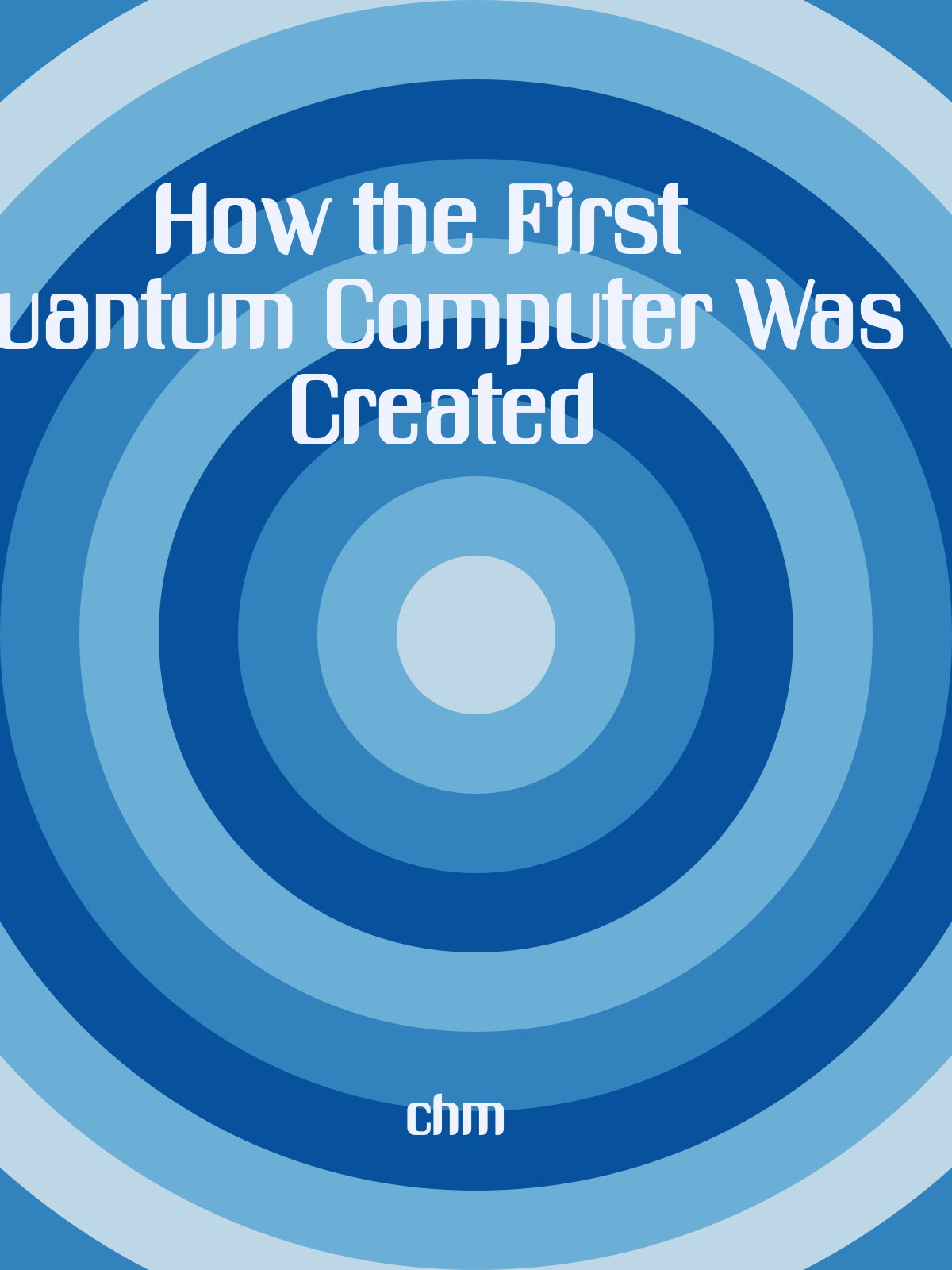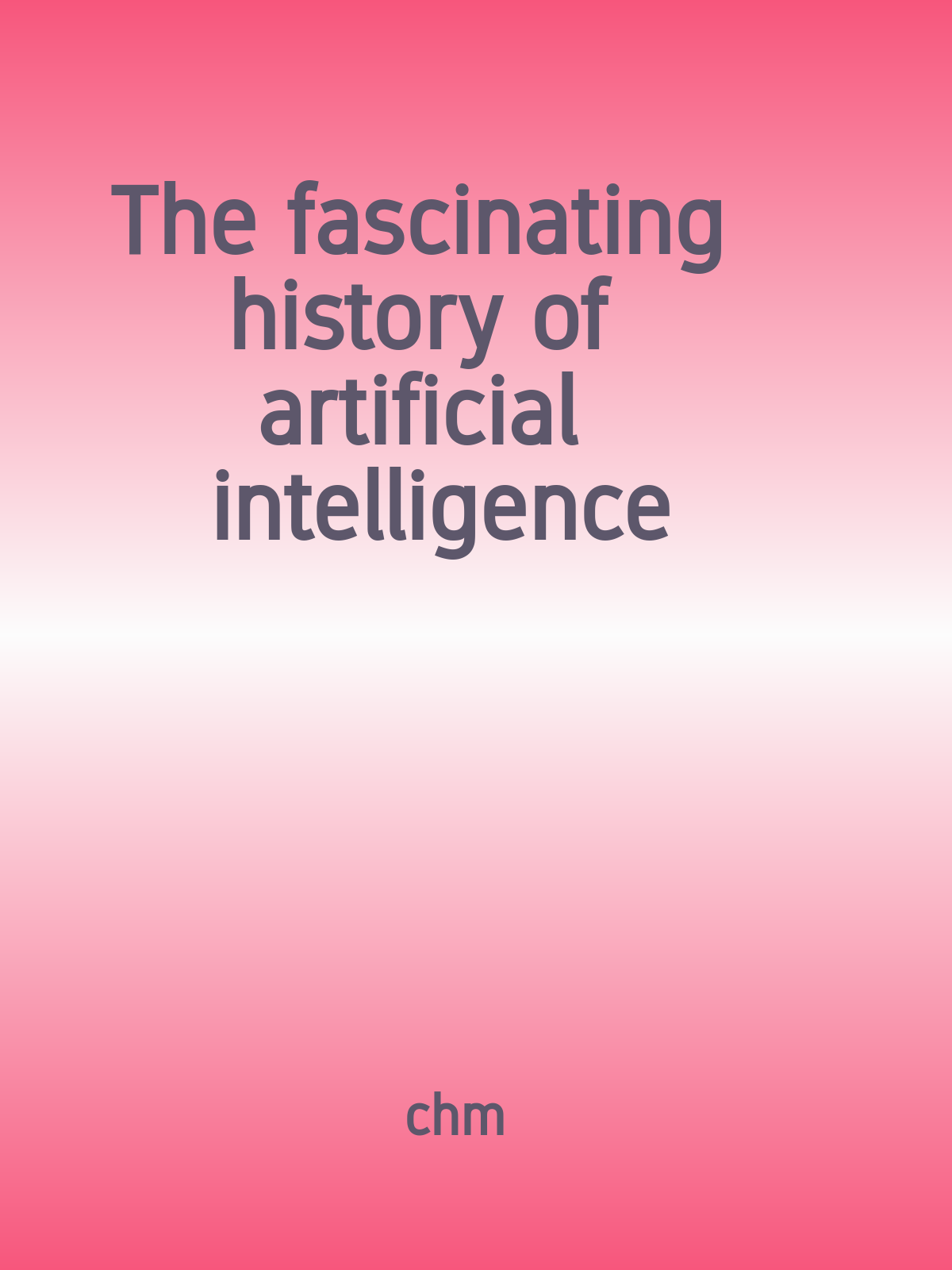

There are an estimated 100 billion planets in the Milky Way galaxy, and of those, there are an estimated 50 billion that are Earth-like. Of all the planets in the galaxy, there are an estimated 100 million that could support human life, 10,000 that are capable of sustaining human life, and 20 billion that are habitable for intelligent life.

The telescope is a relatively recent invention, with the first successful model being built in 1608. However, it was Galileo Galilei who was the first person to use a telescope to study the stars. In the years that followed, Galileo made a number of important discoveries using his telescope, including the four largest moons of Jupiter and the phases of Venus. The first reflecting telescope was not built until 1668, by Isaac Newton.

In 1801, Thomas Jefferson wrote a letter to Thomas Cooper stating that if John Quincy Adams became president, the country would sink into anarchy. There were plans to assassinate both presidents, but the plot was ultimately foiled. Adams was the first president to be photographed, and the photo was taken by Mathew Brady. In 1824, Andrew Jackson received more popular and electoral votes than any other candidate, but lost the election to Adams in the House of Representatives.

The internet is growing at an amazing rate, with more than one billion active websites and 2.5 quintillion bytes of data generated every day. Global internet traffic is expected to quadruple by 2022, and the average person spends around 6 hours online every day. The online retail sector is expected to reach $4.8 trillion by 2021.

The first quantum computer was created by Paul Benioff in the early 1980s. Quantum computers use quantum bits, or qubits, and can perform several calculations at once. They are used for simulations and research, as well as for encryptions and decryption. The largest quantum computer has 50 qubits.

Black holes are some of the most fascinating and mysterious objects in the universe. They are incredibly dense and have a very strong gravitational pull, which means that not even light can escape. This makes them difficult to study, but scientists have been able to learn some fascinating facts about black holes. For example, they can distort time and space, and they can also emit powerful jets of radiation. Scientists are still learning a lot about black holes, and there is still much to be discovered.

The history of artificial intelligence is fascinating, with the first successful program being developed in 1950. The term was coined in 1956, and AI research has since been divided into two camps: those seeking to create intelligent machines, and those seeking to understand intelligence itself. There are three broad categories of AI applications: decision support, process automation, and human-computer interaction. Despite some success stories, there are still many challenges to be overcome in AI.

These are the interesting stories behind how five major tech companies were founded. Google was founded by Sergey Brin and Larry Page in 1998, Facebook by Mark Zuckerberg in 2004, Apple by Steve Jobs and Steve Wozniak in 1976, Amazon by Jeff Bezos in 1994, and Microsoft by Bill Gates and Paul Allen in 1975. Alphabet, Google's parent company, was founded in 2015.